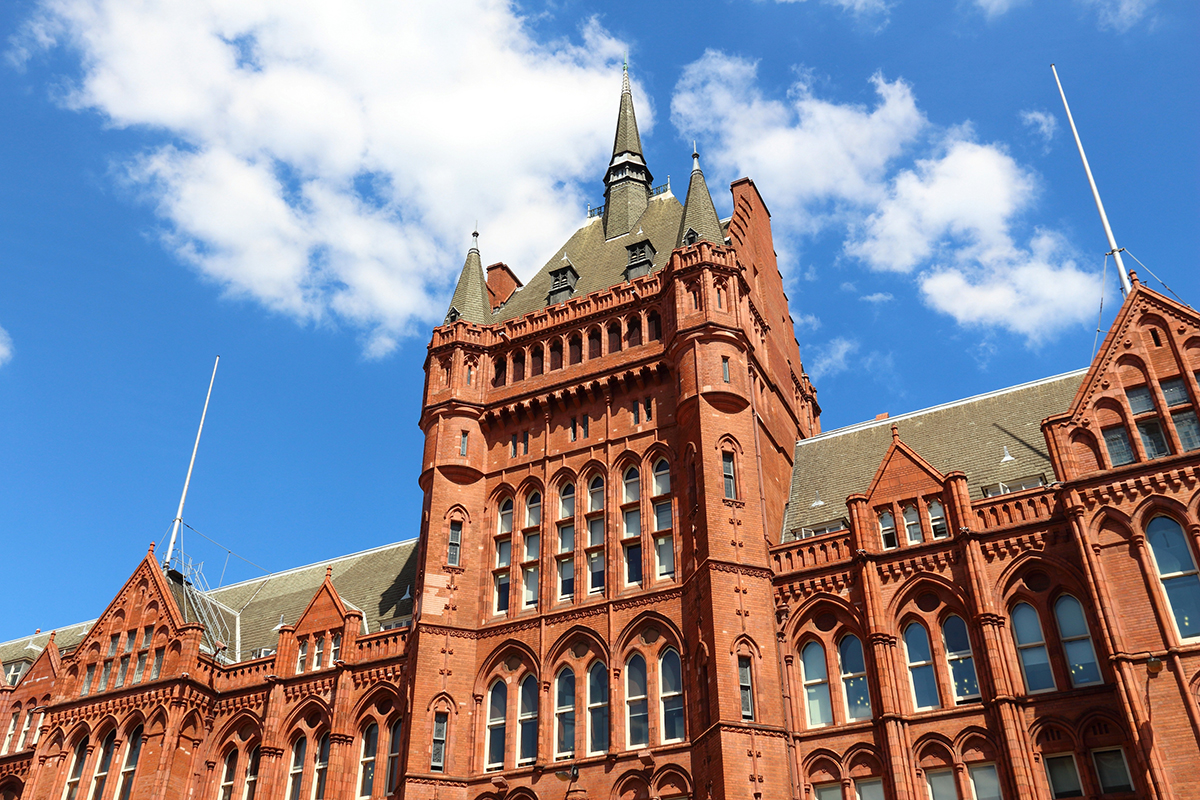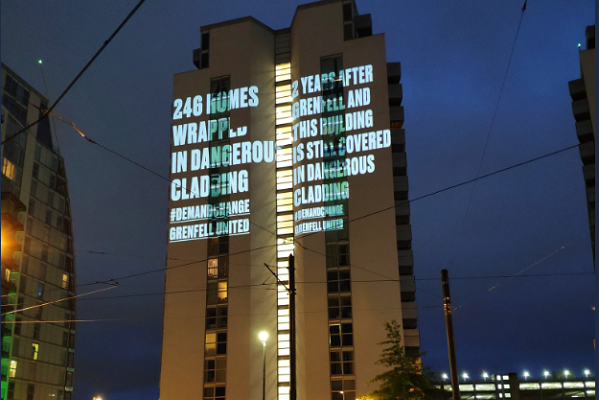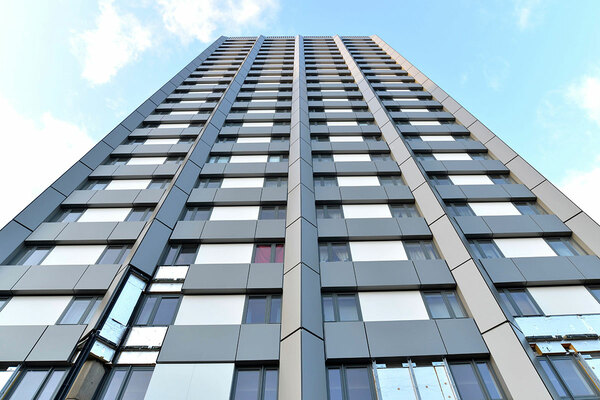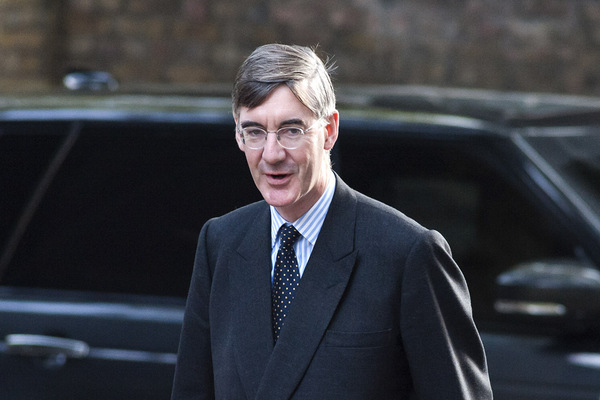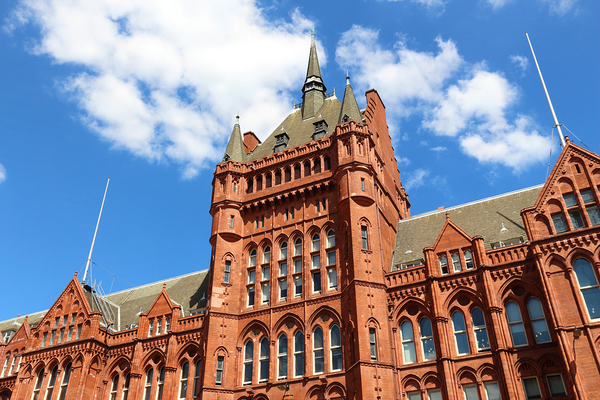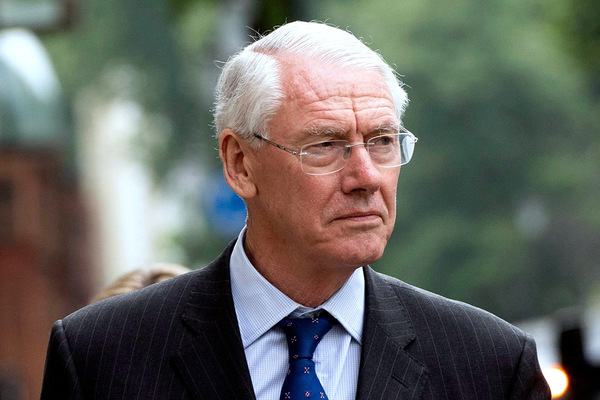Grenfell Tower Inquiry report: full coverage
All our coverage of the Grenfell Tower Inquiry phase one report in one place
Grenfell Tower Inquiry: full coverage
Evacuation plans should be developed for all high-rise buildings, says Grenfell Inquiry judge
Sir Martin calls for landlords to develop evacuation policies on all high-rise buildings as well as recommending an “urgent” inspection of fire doors in all properties.
Click here to read the full story
Grenfell Tower Inquiry: the recommendations
A full list of Sir Martin’s 17 recommendations, including calls for building owners to install facilities to give evacuation signals to tenants and cladding removal work to be completed “as vigorously as possible”.
Click here to read the full story
Grenfell Inquiry: ACM cladding was ‘primary cause of fire spread’ and tower did not comply with regulations, judge rules
The judge leading the Grenfell Tower Inquiry has ruled that the cladding installed on the tower did not comply with building regulations, finding that the polyethylene-cored panels were the “primary cause” of the rapid spread of flames.
Click here to read the full story
Grenfell Inquiry: round-up of Sir Martin Moore-Bick’s phase one conclusions
How the fire started, why the fire spread, what was the response from the fire brigade, emergency services and Kensington and Chelsea Tenant Management Organisation, all covered in our round-up of the Sir Martin’s conclusions.
Click here to read the full story
Grenfell Inquiry report: stay put ‘an article of faith’ within LFB
The inquiry judge criticises the London Fire Brigade’s “reluctance to believe that a building wouldn’t comply with building regulations” and claims that many lives would have been saved if the incident commander told residents to evacuate earlier.
Click here to read the full story
KCTMO chief criticised for ‘passive role’ and ‘ineffective leadership’ on night of Grenfell fire
Former chief executive of the Kensington and Chelsea Tenant Management Organisation was labelled as “essentially detached” from events on the night of the fire by Sir Martin. The company was also criticised for not passing on crucial resident information to the fire brigade.
Click here to read the full story
Grenfell Inquiry: ACM cladding was ‘primary cause of fire spread’ and tower did not comply with regulations
Despite saying that he would try not to deal with the make-up of the building in his phase one report, Sir Martin decided to make an early finding that the building breached headline regulation. He also ruled that the building suffered “total failure of compartmentation”.
Click here to read the full story
Grenfell Inquiry reaction: survivors call for implementation timeline for recommendations
Survivors group Grenfell United calls for fire service bosses to “face consequences” for failings leading up to the fire, while the London Fire Brigade, National Housing Federation and Royal Borough of Kensington and Chelsea also respond
Click here to read the full story
Recommendation rejected by Pickles as ‘disproportionate’ in 2013 repeated in Grenfell Tower Inquiry
Story reveals that as communities secretary Eric Pickles was given a recommendation after the Lakanal House Fire to ensure all high-rises “provide relevant information on or near premises” but branded a move to implement “unnecessary and disproportionate”
Click here to read the full story
Grenfell judge calls for Johnson to implement Grenfell Inquiry recommendations ‘without delay’
Grenfell judge calls for Johnson to implement Grenfell Inquiry recommendations ‘without delay’ In a letter to prime minister Boris Johnson before the inquiry was published, report author, Sir Martin Moore-Bick, calls on PM to implement inquiry recommendations “without delay”.
Click here to read the full story
Government to implement Grenfell Inquiry recommendations ‘in full’ and provide funding
Robert Jenrick, housing secretary, promises to bring in all of Sir Martin’s recommendations “without delay” and also guarantees government will pay for changes.
Click here to read the full story
Government to implement Grenfell Inquiry recommendations in full
Ministers will implement recommendations put forward in the Grenfell Tower Inquiry’s first report “in full” and “without delay”, housing secretary Robert Jenrick has confirmed.
Click here to read the full story
Stay Put: where did it come from and where do we go next?
“Stay put had become an article of faith and to depart from it was unthinkable.” These are the words of Grenfell Inquiry judge Sir Martin Moore-Bick. Peter Apps looks at where the idea came from and where we go now.
Click here to read the full story
Is your approach to fire safety reliant on faith in the system or good judgement?
The Grenfell Tower Inquiry report suggests that housing providers and the fire service have not been willing enough to plan for worst-case scenario fires in high-rise buildings. Martin Hilditch outlines how the inquiry’s report should guide thinking and practice
The Grenfell Tower Inquiry recommendations: phase one
Picture: Getty
Evacuation
There were no plans to evacuate Grenfell Tower available. Sir Martin Moore-Bick, chair of the Grenfell Inquiry, recommended:
- The development of national guidelines for carrying out partial or total evacuations of high-rise buildings – including protecting fire access routes and procedures for evacuating people who require assistance
- Fire services develop policies for partial or total evacuation of high rises
- Owner and manager be required to draw up and keep under review evacuation plans, with copies provided to local fire and rescue services and placed in an information box on the premises
- All high-rise buildings be equipped with facilities to enable the sending of an evacuation signal to the whole or a selected part of the building
- Owners and managers be required by law to prepare personal evacuation plans for residents who may struggle to do so personally, with information about them stored in the premise’s information box
- All fire services be equipped with smoke hoods to help evacuate residents down smoke-filled stairs
Fire doors
Sir Martin said it is apparent that “ineffective fire doors allowed smoke and toxic gases to spread through the building more quickly than should have been possible”, and that missing self-closers played an important role. He recommended:
- An urgent inspection of fire doors in all buildings containing separate dwellings, whether or not they are high rises
- A legal requirement on the owner or manager of these buildings to check doors at least every three months to ensure self-closing devices are working effectively
Sprinklers
Noting the recommendation from the coroner investigating the Lakanal House fire that the use of sprinklers be encouraged, Sir Martin said that some of his experts had “urged me to go a step further and to recommend such systems be installed in all existing high-rise buildings”.
He said that sprinklers have “a very effective part to play” in an overall scheme of fire safety, but that he had not yet heard evidence about their use. He said that he could make no recommendations at this stage, but that he would consider the matter in phase two.
Internal signage
Floor numbers in the tower were not clearly marked and markings were not updated when the floor numbers changed following the refurbishment. Sir Martin said that all high-rise buildings should have floors clearly marked in a prominent place, which would be visible in low light or smoky conditions. Given that not all residents of Grenfell could read fire information signs, he said this should now be provided in a means that all residents can understand.
Use of combustible materials
Sir Martin said the original fire in the kitchen was no more than an ordinary kitchen fire that spread to the cladding because of “the proximity of combustible materials to the kitchen windows” – such as the uPVC frames.
He said this is a matter that “it would be sensible” for owners of other high-rise buildings to check.
He said he would “add his voice” to those who have expressed concern about the slow pace of removal work for more than 400 other tall buildings in England with aluminium composite material cladding.
A total of 97 buildings in the social housing sector and 168 in the private sector have not yet seen the work complete. Sir Martin said the work must be completed “as vigorously as possible”.
He said particular attention should be paid to decorative features, given the crucial role played by the architectural crown at Grenfell in spreading the fire around the building.
Given the decision to ban combustible materials on new buildings last year, he did not call for further restrictions on their use.
Fire service: knowledge and understanding of materials in high-rise buildings
Sir Martin raised concern that junior firefighters were not aware of the danger of cladding fires, and that the London Fire Brigade (LFB) was unaware of the combustible materials used to refurbish Grenfell Tower.
He therefore recommended:
- That the owner and manager of every high-rise building is required to provide details of external walls and the materials used to the local fire service, and inform them of any changes
- To ensure that fire services personnel at all levels understand the risk of cladding fires
Plans
Sir Martin said that a lack of plans did not “unduly hamper” fire services at Grenfell, as each floor was laid out in the same way. However he warned that another building with a more complex layout could pose problems. He recommended:
- That owners and managers of high-rise buildings are required by law to provide paper and electronic versions of building plans of all high rises to local fire services
- To ensure the building contains a premises information box, including a copy of floor plans
Lifts
Firefighters were unable to use a mechanism that allows them to take control of the lifts on the night of the fire, hampering their progress and meaning residents could still use the lifts, “in some cases with fatal consequences”. Sir Martin therefore recommended:
- That the owner and manager of every high-rise building be required by law to carry out regular inspections of any lift required for use by firefighters and the mechanism that allows them to take control of it
Section 7(2)(d) of the Fire and Rescue Services Act
The judge was concerned that inspections of the tower by the fire service before the fire were not enough to meet their responsibilities under this act. He recommended:
- A revision of the guidance for the London Fire Brigade, and training for all officers above the rank of crew manager in inspecting high-rise buildings
Co-operation between emergency services
There was a lack of communication between each emergency service at Grenfell, with each declaring a major incident at different times without telling each other. Sir Martin recommended several changes to ensure better communication in the future.
Personal fire protection
Sir Martin decided not to issue a recommendation that individual flats be provided with fire extinguishers or fire blankets, noting concerns that this could encourage residents to fight fires rather than escape and call the emergency services.
Communication between the control room and the incident commander
While guidance calls for a “free flow” of information between a fire service control room and the commanding officer on the ground, that often does not happen. Sir Martin therefore recommended:
- A review of policies by the LFB on this matter, including training for all officers who could serve as incident commanders and senior control room officers.
- A dedicated communications link between the senior officer and the incident commander
Emergency calls
Even allowing for the pressure of the night, Sir Martin said that fire survival guidance calls were not handled in an “appropriate or effective way”. He therefore recommended:
- Amending of policies and training for control room officers
- That all fire services develop policies for multiple fire survival guidance calls
- Electronic systems to record and display calls
- A policy for managing a transition from ‘stay put’ to ‘get out’ and training for call handlers in delivering this change of advice
Command and control
Sir Martin said firefighters too frequently “acted on their own initiative”, resulting in a duplication of effort. He called for better policies to ensure:
- Better control of training and deployment
- Information is obtained from crews after they have deployed
Equipment
Sir Martin made some recommendations for improvements to fire service equipment, including radios and the command support system.
Testing and certification of materials
Sir Martin said this is an issue that will be investigated “early in phase two”, along with an assessment of “whether the current guidance on how to comply with the building regulations is sufficiently clear and reliable”.
He also said the inquiry would investigate whether a ‘prescriptive’ regime of regulation was necessary. However, as these issues have not yet been examined by the inquiry he did not make any recommendations.
Grenfell Inquiry: what will be investigated in phase two
Picture: Rex Features
The deceased
Sir Martin originally hoped he would be able to publish findings on the circumstances in which the deceased met their deaths as part of phase one. This has now been pushed to phase two as it requires “more detailed examination of the evidence that has been yet been possible”.
The London Fire Brigade
A further investigation will be made into the London Fire Brigade (LFB) as an organisation, following the failures of response identified in phase one of the report. This will include questions over training and a greater scrutiny of those at the top.
Testing and certification of materials
Questions over how Grenfell came to be covered in highly combustible materials will “lie at the heart” of phase two. This will involve looking into the adequacy of regulations, the effectiveness of the tests currently in use and the manner in which materials are marketed.
Design and choice of materials
The 2016 refurbishment of the Grenfell Tower will be under the spotlight in phase two, with questions being asked about why aluminium composite material (ACM) panels and combustible insulations was chosen. This will include an examination of the government’s building regulations.
Fire doors
Following the concerns raised over fire doors as part of phase one, phase two will look further into whether these doors complied with regulations, whether they were able to provide appropriate protections against fire and smoke and if not, how that situation came about and why.
Window arrangements
Phase one found the use of uPVC window jambs in close proximity to combustible insulation allowed the fire to initially escape the flat in which it began. Decisions made over windows as part of the 2016 refurbishment will also be explored in phase two.
Lifts
It appears that the ‘fireman’s switches’, which should allow firefighters to take control of a lift, were not working on the night of Grenfell, leading to fatal consequences. Phase two will investigate whether the lifts in Grenfell were properly maintained.
Smoke extraction system
An investigation will be carried out into suggestions, made as part of phase one, that the smoke extraction system failed to operate in accordance with its design and potentially contributed to the spread of smoke between different floors.
Local community warnings and the authorities’ response to Grenfell
Phase two will delve more into accusations that local community warnings over fire safety and the refurbishment were ignored by the tenant management organisation. It will also scrutinise the authorities response to the disaster in the immediate aftermath.
